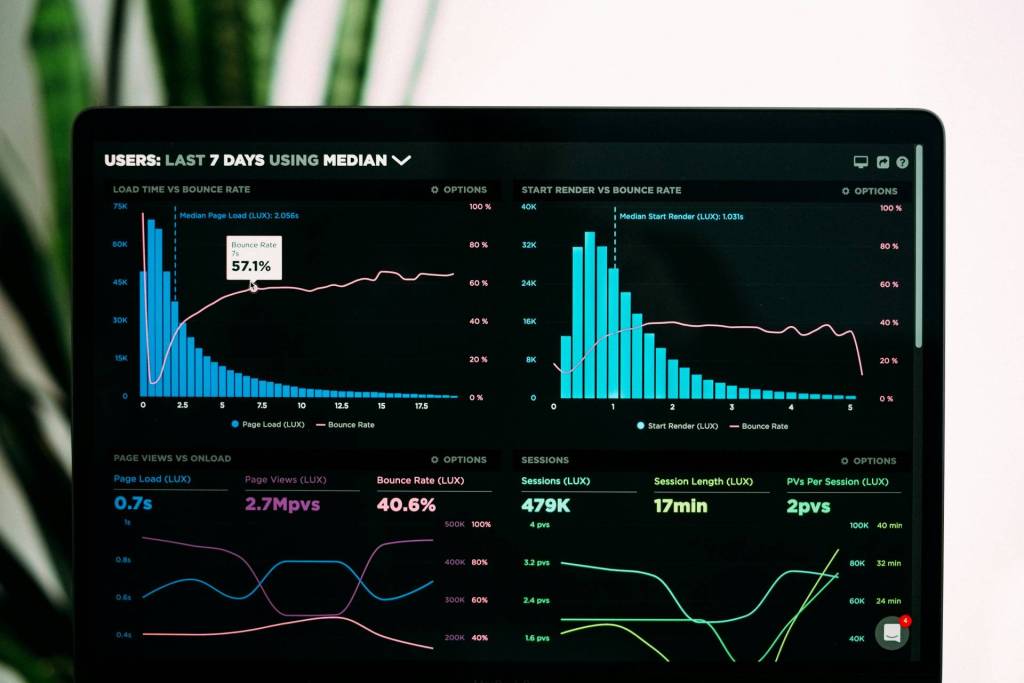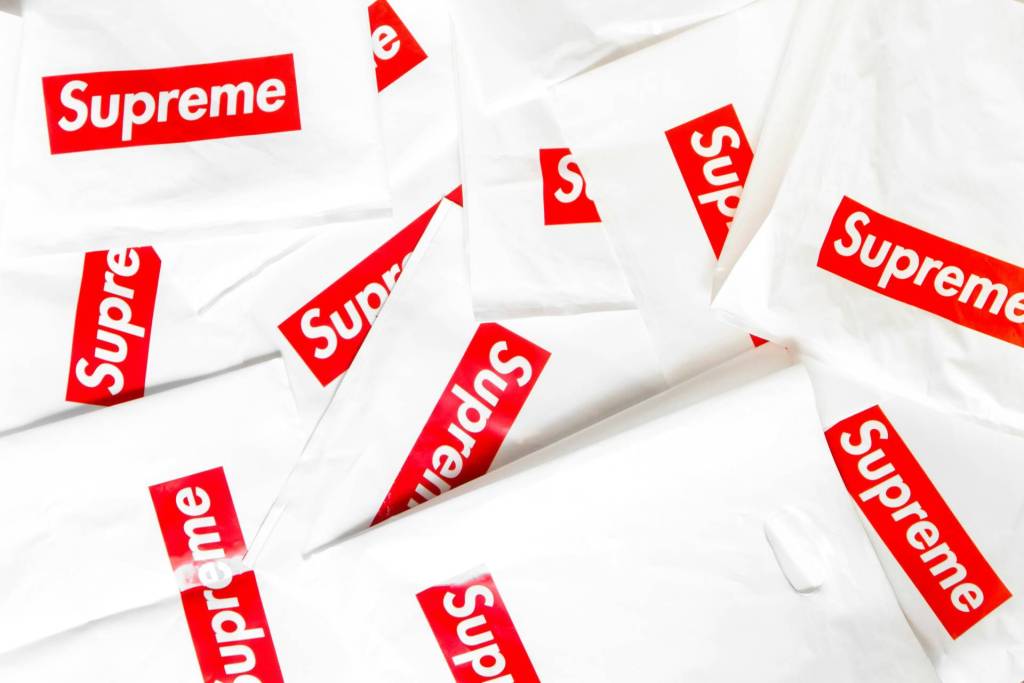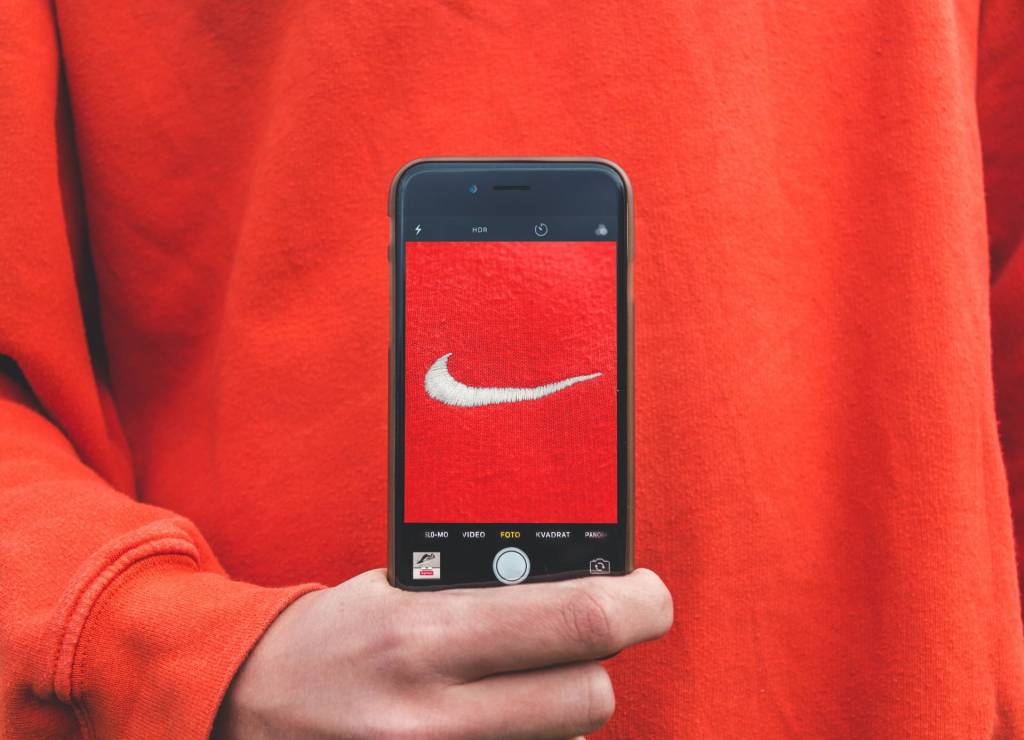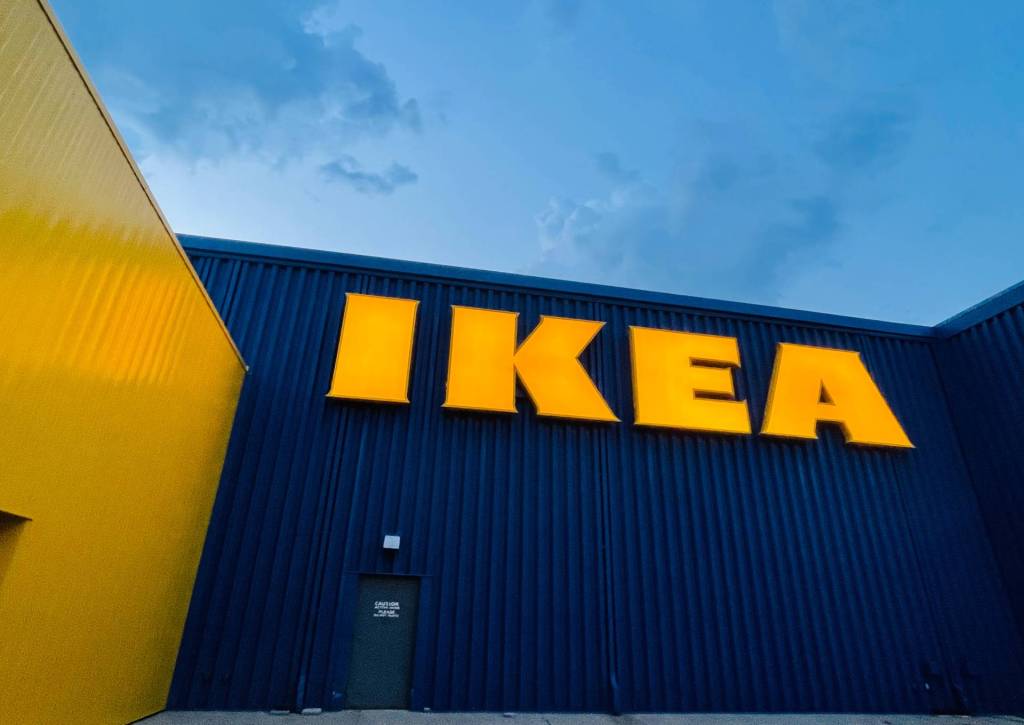In today’s digital marketing landscape, two strategies stand out: brand marketing and performance marketing. Both play a crucial role in the success of your business, but how do they differ? In this guide, we delve into the unique attributes of each, their benefits and challenges, and how to effectively integrate them into your marketing plan.
Understanding the Basics
Before we dive into the differences, let’s first understand what each term implies.
Defining Brand Marketing
Brand marketing is all about building a unique identity for your business. It aims to foster an emotional connection with your audience, creating loyal customers and brand advocates in the process. In essence, brand marketing is the art of storytelling, helping your audience understand your business’s purpose and values.
Defining Performance Marketing
Performance marketing, on the other hand, focuses on achieving specific outcomes. It’s all about driving immediate results such as website traffic, generating leads, and increasing sales. With performance marketing, every action can be tracked and attributed to your marketing efforts, making it highly measurable and data-driven.
Importance of Brand Marketing and Performance Marketing
Both brand marketing and performance marketing serve unique purposes in your business. Understanding their importance can help you create a balanced marketing strategy.
The Role of Brand Marketing
Brand marketing is more than just creating a memorable logo or catchy tagline. It’s about shaping the perception of your business in the minds of your audience. A successful brand marketing campaign can differentiate your business from competitors, build customer loyalty, and create an emotional connection that leads to increased customer retention.
The Role of Performance Marketing
Performance marketing, with its focus on measurable results, allows you to understand the direct impact of your marketing efforts. It offers the advantage of budget optimization, as you only pay for successful transactions. Performance marketing can provide immediate results and is particularly useful during times of economic uncertainty, where proving the return-on-investment (ROI) of your marketing efforts is paramount.
Key Activities in Brand Marketing and Performance Marketing
Both brand and performance marketing involve a range of activities designed to achieve their respective goals.
Activities in Brand Marketing
In brand marketing, activities are centered around building a strong brand identity and fostering positive relationships with customers. These may include:
- Creating a Unique Brand Identity: Your brand identity includes all the elements that make your business unique, including your logo, colors, typography, and tone of voice.
- Content Marketing: High-quality, long-form content can help you showcase your expertise and establish your business as an industry leader.
- Public Relations (PR): PR efforts can increase your brand’s visibility, build credibility, and shape public perception.
Activities in Performance Marketing
Performance marketing activities are primarily focused on driving measurable results. Some of these activities include:
- Testing and Optimization: Constant testing and optimization are key in performance marketing. This allows marketers to experiment with different variables and fine-tune their campaigns for maximum effectiveness.
- Multi-Channel Attribution: Performance marketers use multi-channel attribution to understand the customer journey and determine which channels and interactions contributed to the final outcome.
- Short-Form Content: In performance marketing, content is often short and direct, focusing on the benefits to motivate the target audience to take action.
Measuring Success in Brand Marketing and Performance Marketing
Success in brand marketing and performance marketing is measured differently.
Measuring Success in Brand Marketing
Brand marketing success is often measured based on long-term metrics such as:
- Brand Awareness: The level of brand recognition and familiarity among the target audience.
- Brand Perception: How the target audience perceives the brand in terms of attributes such as quality, trustworthiness, and innovation.
- Brand Equity: The overall value of the brand and its impact on customer choice and willingness to pay a premium.
Measuring Success in Performance Marketing
Performance marketing success is typically measured using metrics that provide immediate feedback, such as:
- Return on Ad Spend (ROAS): This measures the gross revenue generated for every dollar spent on advertising.
- Cost Per Click (CPC): This is the average cost you pay for each click on your ad.
- Conversion Rate: This measures the percentage of users who take a desired action after clicking on your ad.
Combining Brand Marketing and Performance Marketing
Combining brand marketing and performance marketing creates a synergistic effect, enhancing the overall impact of your marketing strategy. This integrated approach supports sustainable growth while addressing immediate business needs. Here’s how to effectively blend these two facets:
Establish a Unified Marketing Message
A cohesive narrative across both brand and performance marketing ensures consistency. Your brand’s core message should resonate in every campaign, whether aimed at long-term brand building or driving immediate conversions. This consistency helps reinforce brand identity and improves campaign effectiveness.
Leverage Data and Insights
Use the data and insights from performance marketing to refine your brand marketing strategies. Analyzing performance metrics can reveal audience preferences, behaviors, and pain points, guiding more personalized and impactful brand messaging. Conversely, brand awareness efforts can enhance the audience’s receptiveness to direct marketing tactics.
Optimize Customer Journey
Map out the customer journey, identifying touchpoints where brand and performance marketing intersect. For example, use brand marketing to create awareness and interest, and then employ performance marketing strategies to convert interest into action. By aligning your tactics with the customer’s journey, you can create a seamless experience that nurtures leads and fosters loyalty.
Balance Budget and Goals
Allocate your marketing budget to support both long-term brand development and short-term performance goals. While performance marketing often shows quicker returns, brand marketing is an investment in your company’s future. Balancing your spending between these areas ensures sustained growth and market presence.
Measure and Adjust
Continuously measure the outcomes of both marketing approaches. While performance marketing offers immediate, quantifiable results, assess brand marketing’s impact through metrics like brand awareness, customer satisfaction, and loyalty. Use these insights to refine your strategy, optimize campaigns, and better allocate resources.
Encourage Cross-Department Collaboration
Foster collaboration between teams responsible for brand and performance marketing. Encourage them to share insights, strategies, and successes. This collaboration bridges the gap between long-term brand building and short-term sales tactics, leading to a more unified and effective overall strategy.
By integrating brand marketing and performance marketing, businesses can achieve a holistic approach that not only resonates with their audience but also drives measurable results. This balanced strategy supports both the immediate bottom line and long-term brand equity, positioning your brand for enduring success.
How to Allocate Budget Between Brand and Performance Marketing
Deciding how to divide your marketing budget between brand and performance marketing can be challenging. However, with a strategic approach, you can ensure that your investment supports both long-term growth and immediate goals. Here’s how to effectively allocate your budget:
Understand Your Business Objectives
Start by defining your business objectives. Are you a new company focusing on building brand awareness? Or are you an established brand looking to boost sales? Newer businesses might allocate more to brand marketing to build a strong foundation. In contrast, established brands may focus more on performance marketing to drive specific actions.
Assess Your Current Market Position
Consider your current market position. If your brand is well-known but not converting, shift more budget to performance marketing. If you’re facing stiff competition, invest in brand marketing to stand out. Understanding where you stand in the market can guide your budget allocation effectively.
Evaluate Customer Journey Stages
Examine the stages of your customer journey. Allocate budget to brand marketing to nurture early-stage customers. For customers closer to purchase, invest in performance marketing. A balanced approach ensures engagement at every stage of the customer journey.
Set Clear KPIs and Measure ROI
Set clear Key Performance Indicators (KPIs) for both brand and performance marketing. Measure the return on investment (ROI) for each. This data will help you understand which strategies are most effective and where to allocate future budgets.
Consider Market Conditions and Seasonality
Adjust your budget allocation based on market conditions and seasonality. During peak sales periods, shift more budget to performance marketing to capitalize on high purchase intent. In slower seasons, invest in brand marketing to build relationships with potential customers.
Start with a Flexible Allocation
Begin with a flexible budget allocation, perhaps a 50/50 split between brand and performance marketing. Monitor the results closely and adjust based on performance. This adaptability allows you to respond to what’s working and optimize your spend for the best results.
Revisit and Revise Regularly
Marketing is dynamic, so regularly revisit and revise your budget allocation. What works today may not work tomorrow. Stay informed about marketing trends and consumer behavior, and be prepared to adjust your strategy and budget accordingly.
By following these guidelines, you can create a balanced budget that supports both your brand’s growth and immediate marketing objectives. This strategic approach ensures that your marketing efforts are not only aligned with your business goals but also adaptable to changing market dynamics.
Emerging Trends in Brand and Performance Marketing
As the digital marketing landscape continues to evolve, staying ahead of the curve is crucial. Let’s dive into the emerging trends that are shaping the future of brand and performance marketing:
Personalization at Scale
With advancements in AI and data analytics, brands can now offer personalized experiences at scale. Personalization extends beyond merely addressing the customer by name. It’s about tailoring the marketing message, content, and offers based on individual customer behaviors and preferences. This trend is revolutionizing how brands connect with their audiences, making both brand and performance marketing more effective.
Voice Search Optimization
As smart speakers and voice assistants become more prevalent, voice search optimization is becoming crucial for performance marketing. Brands are adjusting their content and SEO strategies to include conversational keywords and questions. This shift is not just about performance; it’s also about building a brand presence in new and emerging platforms.
Video Content Dominance
Video content continues to dominate digital marketing. For brand marketing, storytelling through video enhances emotional connections with the audience. On the performance side, video ads, particularly in short formats like those on social media platforms, are showing higher engagement rates and conversions. Brands that leverage video content effectively can see significant benefits in both areas.
Influencer and User-Generated Content
The lines between brand and performance marketing blur with the rise of influencer and user-generated content. Influencers can lift brand awareness while driving specific performance metrics like clicks and conversions. Meanwhile, user-generated content enhances brand trust and can be leveraged in performance ad campaigns for authenticity.
Integration of Augmented Reality
Augmented reality (AR) is creating new opportunities for interactive brand experiences. From virtual try-ons to interactive ads, AR can elevate brand marketing by providing immersive experiences. In performance marketing, AR can drive higher engagement and conversion rates by enabling customers to visualize products in their environment before purchasing.
Sustainability and Ethical Marketing
Consumers are increasingly valuing sustainability and ethics in their purchasing decisions. Brands that incorporate these values into their marketing strategies can enhance their brand image and attract a loyal customer base. In performance marketing, highlighting sustainability practices and ethical standards can improve click-through and conversion rates among environmentally conscious consumers.
Data Privacy and Consent-Based Marketing
With growing concerns over data privacy, consent-based marketing is becoming more important. Brands that respect user privacy and communicate transparently about data usage can build stronger trust and loyalty. In performance marketing, this means developing strategies that comply with privacy regulations while still targeting effectively.
AI and Machine Learning
Artificial intelligence (AI) and machine learning are transforming both brand and performance marketing. From predictive analytics to automated content creation, these technologies enable more efficient and targeted marketing strategies. Brands that adopt AI and machine learning can gain a competitive edge by optimizing their marketing efforts for better results.
By understanding and leveraging these emerging trends, brands can create more dynamic and effective marketing strategies that blend the best of both brand and performance marketing. Staying informed and adaptable is key to navigating the fast-paced world of digital marketing.
Conclusion: The Power of Brand Marketing vs Performance Marketing
In conclusion, the juxtaposition of brand marketing and performance marketing underscores the multifaceted nature of the digital marketing landscape. Brand marketing is instrumental in crafting a resonant identity, nurturing emotional connections, and cultivating long-term customer loyalty. In contrast, performance marketing emphasizes the urgency of immediate, measurable outcomes, driving actions that directly impact the bottom line.
Understanding the distinctive characteristics and advantages of each approach allows for the development of a well-rounded marketing strategy. This strategy should harness the foundational strength and narrative of brand marketing alongside the actionable, data-driven tactics of performance marketing.
It’s crucial to note that the journey doesn’t end with the implementation of both strategies. The most successful brands are those that continuously evolve, responding to market changes, consumer behavior, and technological advancements. They tell captivating stories that resonate with their audience and back them up with transparent, measurable results. This dynamic combination fosters a loyal customer base while also attracting new prospects through clear, targeted actions.
Moreover, the synergy between brand and performance marketing can transform challenges into opportunities, turning casual browsers into loyal customers, and skeptics into brand advocates. It encourages a cycle of growth, where brand value and customer actions feed into each other, propelling the business forward.
Remember, the goal is not to choose between brand marketing and performance marketing but to understand how to strategically integrate the two. By doing so, you can create a comprehensive approach that not only stands out in a crowded market but also delivers sustainable growth and success. Embrace the power of both, and watch your brand soar to new heights in the digital age.
FAQ: Understanding Brand and Performance Marketing
What is the difference between brand and performance marketing?
Brand marketing focuses on building and strengthening the brand’s identity, values, and connection with the audience. It aims for long-term growth and customer loyalty. Performance marketing, on the other hand, is results-driven. It focuses on specific goals like sales, clicks, or leads and measures success through data and metrics.
How do brand and performance marketing work together?
Brand and performance marketing complement each other. Brand marketing builds the foundation and awareness needed for a strong reputation. Performance marketing leverages this to drive specific actions and results. Together, they create a holistic approach, balancing long-term brand growth with immediate performance goals.
What is the difference between marketing and brand marketing?
Marketing is a broad term that encompasses all strategies and efforts to promote and sell products or services. Brand marketing is a subset focused specifically on building and promoting the brand’s image, values, and overall perception in the market.
What is considered performance marketing?
Performance marketing includes strategies where advertisers pay only when specific actions are completed, such as a sale, lead, or click. It’s highly measurable and focused on direct results. Examples include pay-per-click (PPC) advertising, affiliate marketing, and social media advertising.
What is the difference between branding and performance?
Branding is about creating and establishing a brand identity that resonates with consumers. It’s about storytelling, emotional connections, and long-term engagement. Performance, in contrast, is about driving measurable actions and achieving immediate goals like sales or website traffic.
What is the difference between a brand campaign and a performance campaign?
A brand campaign aims to build brand awareness and loyalty, often without a direct call to action. It’s about influencing perceptions and enhancing brand equity. A performance campaign is designed to drive specific consumer actions, such as purchases or sign-ups, with clear and measurable objectives.
What are some examples of performance marketing?
Examples of performance marketing include affiliate marketing, where you pay for conversions or sales generated from an affiliate’s efforts; search engine marketing (SEM), like PPC advertising; and targeted social media ads designed to drive specific actions from the audience.
Is performance marketing SEO?
No, performance marketing is not the same as SEO (Search Engine Optimization). SEO is a strategy to improve a website’s ranking in search engine results, leading to organic traffic. While SEO can be part of a performance marketing strategy, performance marketing is broader and includes paid tactics and measurable actions beyond just organic search results.
What is another name for performance marketing?
Performance marketing is also known as direct response marketing or outcome-based marketing. These terms emphasize the focus on measurable results and direct consumer actions as opposed to broader brand-building efforts.
Featured Image Credit: Photo by Windows; Unsplash – Thank you!
















